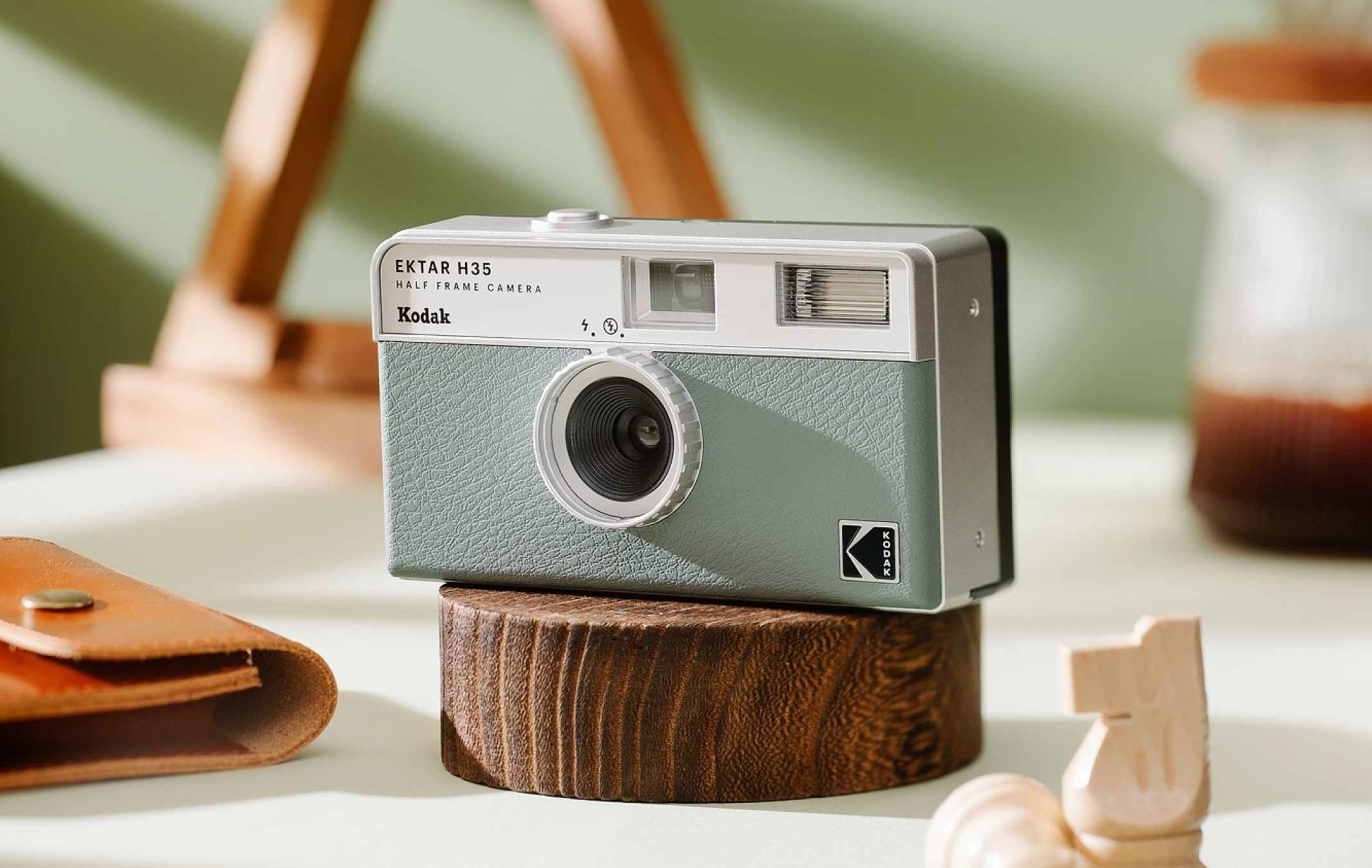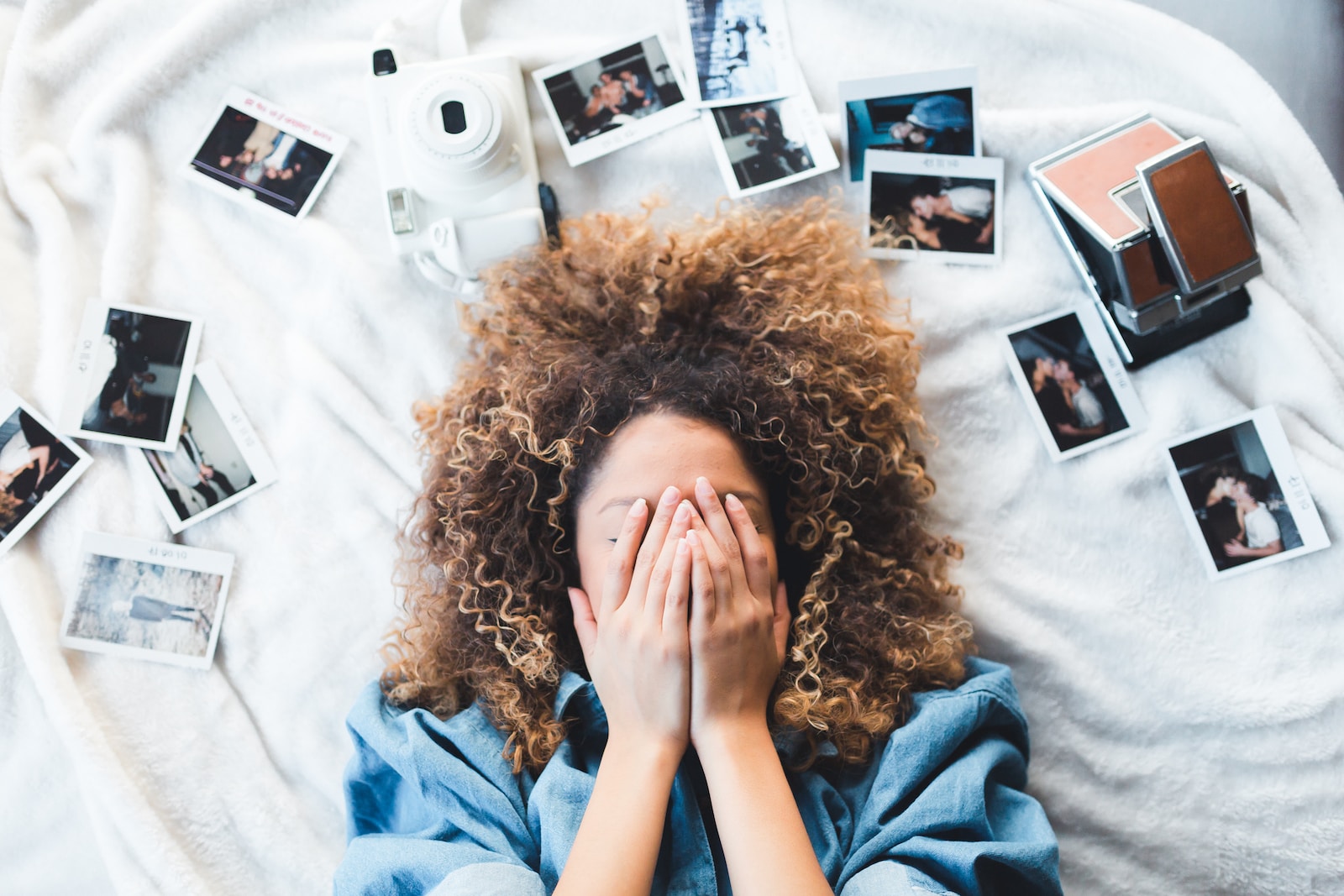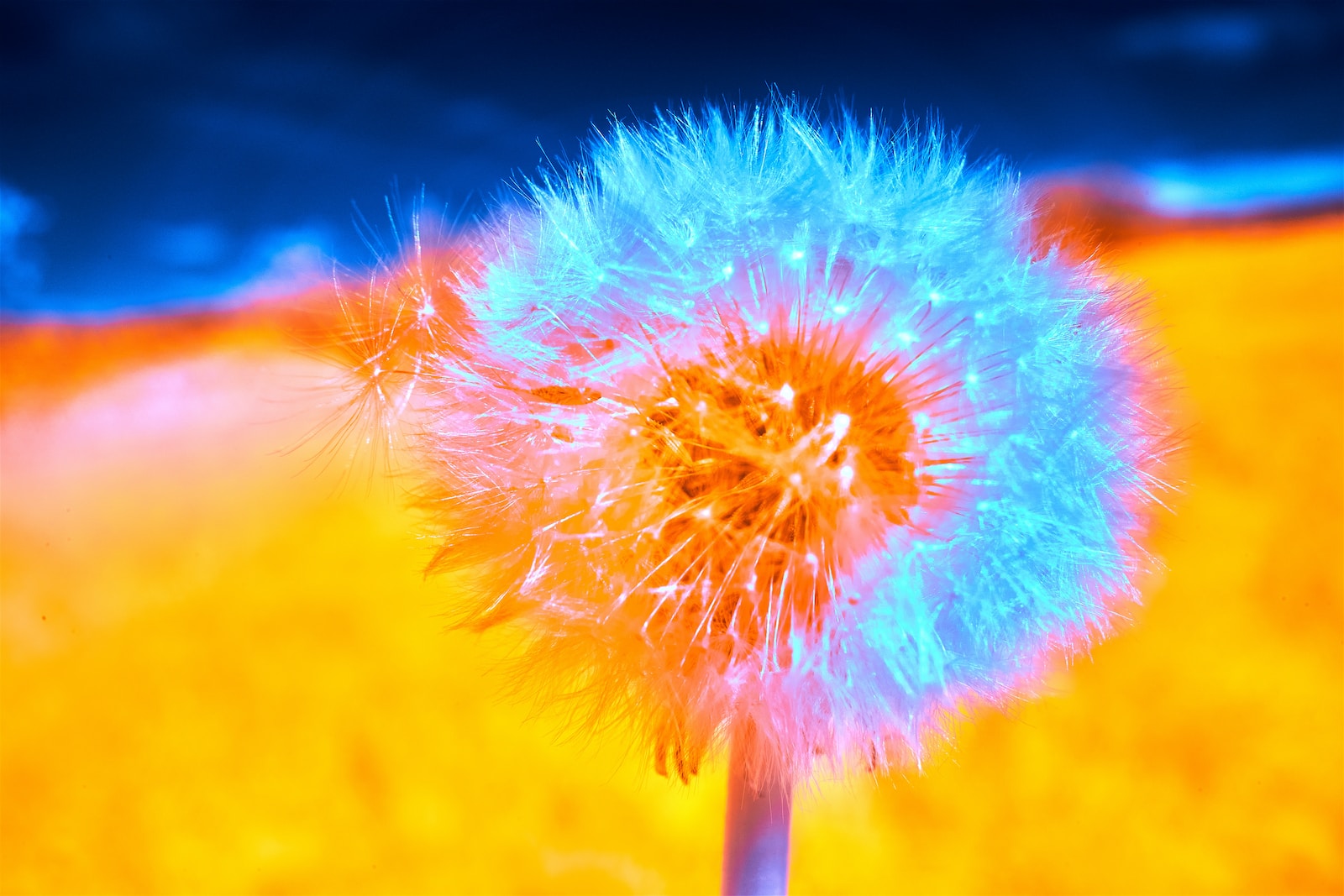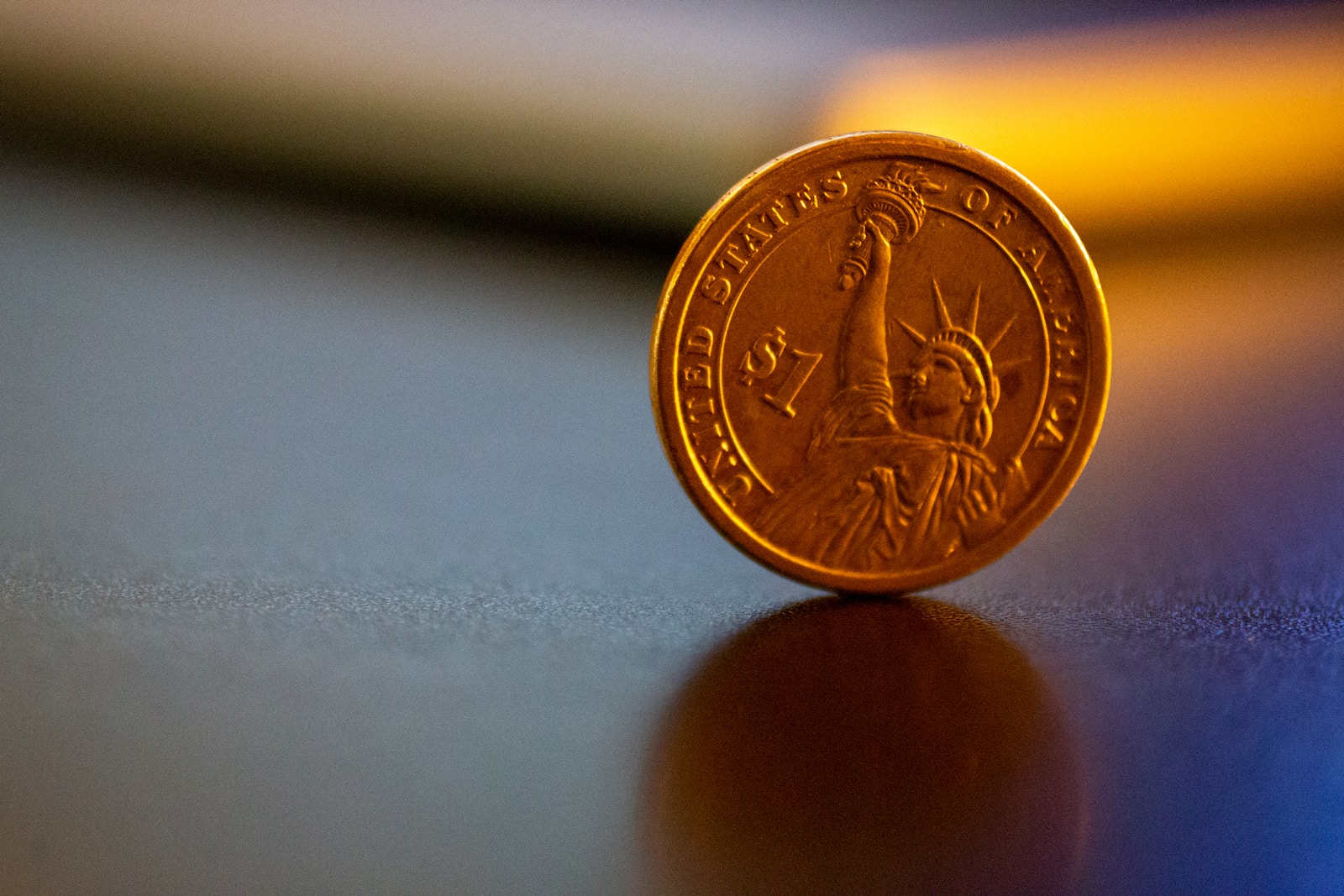Welcome to our comprehensive guide on the art of half-frame cameras! If you’re a film photography enthusiast looking to maximize each roll and delve into the world of economical and creative photography, you’ve come to the right place. In this guide, we’ll explore everything you need to know about half-frame cameras, from their history and mechanics to tips and techniques for capturing stunning images. So grab your favorite beverage, sit back, and let’s embark on this exciting journey together!
Table of Contents
- The Art of Half-frame Cameras: A Complete Guide
- A Relevant Case Study: Overcoming Challenges with Half-Frame Cameras
- Frequently Asked Questions
- What is a half-frame camera?
- How does a half-frame camera work?
- What are the advantages of shooting with a half-frame camera?
- Can I use any type of film with a half-frame camera?
- Are there any limitations to shooting with a half-frame camera?
- What are some popular half-frame camera models?
- Where can I buy a half-frame camera?
- Are there any tips for shooting with a half-frame camera?
- Wrap Up
The Art of Half-frame Cameras: A Complete Guide
Chapter 1: Understanding Half-frame Cameras
Before we dive into the specifics, let’s first understand what makes half-frame cameras so unique. Unlike traditional cameras that capture one image per frame, half-frame cameras are designed to capture two images on a single frame of film. This means you can fit twice as many photos on a roll, offering a more economical way to experience film photography.
Chapter 2: History of Half-frame Cameras
Interesting Fact: Did you know that the concept of half-frame cameras emerged in the 1960s as a response to the rising cost of film and the desire for more affordable photography?
Explore the intriguing history of half-frame cameras, from their early inception to their peak popularity in the 1970s. Discover the different makes and models that have become iconic symbols of this unique photography format and learn why half-frame cameras continue to captivate photographers around the world.
Chapter 3: Advantages and Challenges
Like any camera format, half-frame cameras have their own set of advantages and challenges. In this section, we’ll explore the benefits of shooting with a half-frame camera, such as increased depth of field and enhanced storytelling through diptychs. We’ll also discuss the challenges, including the need for precise framing and the potential for image bleed. However, don’t worry, we’ll provide you with tips and tricks to overcome these obstacles!
Chapter 4: Tips and Techniques
Now that you have a solid understanding of half-frame cameras, it’s time to level up your skills. From composition techniques to film choices, we’ll share valuable tips to help you capture breathtaking images with your half-frame camera. Whether you’re a beginner or a seasoned photographer, you’re sure to find inspiration and practical advice to improve your craft.
Chapter 5: Recommended Half-frame Cameras
If you’re ready to embark on your own half-frame photography journey, we’ve got you covered with our top recommendations for half-frame cameras. We’ll showcase a range of options for different budgets and preferences, ensuring you find the perfect match to unleash your creativity without breaking the bank.
Chapter 6: Embrace the Art of Half-frame Photography
As we conclude our comprehensive guide, we invite you to embrace the art of half-frame photography fully. Explore the limitless possibilities, experiment with unique framing techniques, and push the boundaries of creativity. With a half-frame camera in your hands, you’ll embark on an exciting visual adventure where every frame becomes a canvas for your artistic expression.
A Relevant Case Study: Overcoming Challenges with Half-Frame Cameras
In photography, using a half-frame camera can be an economical and creative way to capture moments. Let’s explore a relevant case study of a photographer who overcame challenges and maximized the potential of this unique camera format.
The Challenge of Limited Frames
One of the main challenges with shooting on a half-frame camera is the limited number of frames per roll. While a standard 35mm film roll typically consists of 36 exposures, a half-frame camera offers only half of that. This limitation can often discourage photographers from experimenting as they fear wasting precious frames.
Turning Challenges into Creative Opportunities
For our case study, we follow the journey of a photographer named Sarah, who decided to embrace the limitations of her half-frame camera as a creative opportunity rather than a hindrance.
Sarah discovered that with only 18 frames per roll, she needed to be more selective and intentional with each shot. This forced her to slow down, think critically, and consider composition, lighting, and subject matter carefully. Instead of snapping away aimlessly, Sarah learned to make each frame count.
Making the Most of Every Roll
Sarah also realized that half-frame photography allowed her to tell more comprehensive stories within a single roll. With the ability to capture two images side by side, she could create a narrative or showcase contrasting moments. This unique format enhanced the storytelling aspect of her photography.
Furthermore, Sarah experimented with collage techniques, combining two images from different scenes to create visually striking compositions. This newfound creativity expanded her artistic horizon and made her half-frame camera an indispensable tool.
Embracing Economical Photography
In addition to the creative possibilities, half-frame cameras offer economical benefits as well. With half the number of exposures per roll, photographers can stretch their budget by making film last longer. This appeals to both amateur and professional photographers looking to practice mindfulness and budget-friendly photography.
Sarah’s experience exemplifies how overcoming the challenges of limited frames in a half-frame camera led to her discovering new creative heights. By embracing the limitations of the format and experimenting with unique techniques, she was able to maximize each roll and create visually engaging stories.
With this case study in mind, it is evident that half-frame cameras offer a whole world of possibilities for economical and creative photography. In the next section, we’ll hear a relatable story from a photographer who has witnessed the benefits of using a half-frame camera firsthand.
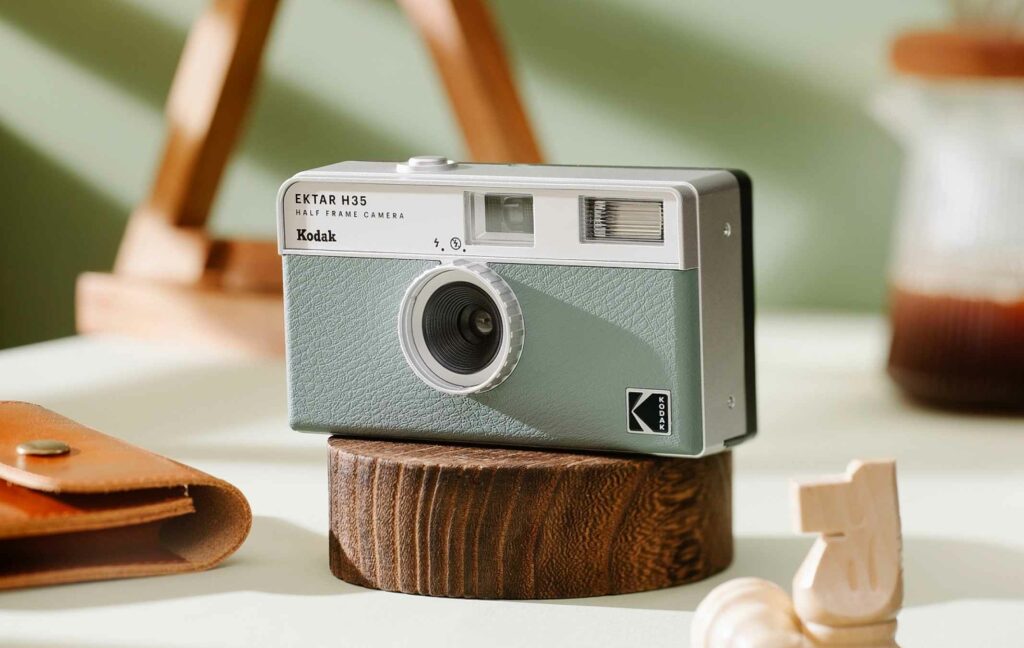
Frequently Asked Questions
What is a half-frame camera?
A half-frame camera is a film camera that uses half the typical frame size, allowing photographers to capture more images on a single roll of film. This format was popular in the 1960s and 1970s and is known for its economical advantage and unique aesthetic.
How does a half-frame camera work?
A half-frame camera works by exposing each frame of film with only half the usual area. This means that you can shoot 72 frames on a standard 36-frame roll of film. The camera advances the film horizontally instead of vertically, allowing for two exposures per frame.
What are the advantages of shooting with a half-frame camera?
There are several advantages to shooting with a half-frame camera:
- Economical: You can shoot double the number of frames with the same roll of film, making it a cost-effective option.
- Creative: Half-frame photography allows for interesting juxtapositions and storytelling within a single frame.
- Compact: Half-frame cameras are smaller and lighter, making them convenient to carry around.
- Unique aesthetic: The smaller frame size creates a distinctive look with a vintage vibe.
Can I use any type of film with a half-frame camera?
Yes, you can use any type of 35mm film with a half-frame camera. Whether you prefer black and white, color, or even slide film, the choice is yours. Experimenting with different film types can yield diverse and exciting results.
Are there any limitations to shooting with a half-frame camera?
While half-frame photography offers numerous advantages, there are a few limitations to keep in mind:
- Smaller frame size: The smaller image area means less detail compared to standard frames.
- Aspect ratio: Half-frame photos have a different aspect ratio (1.5:1) compared to traditional full-frame photos (3:2).
- Viewfinder accuracy: Some half-frame cameras may have viewfinders that don’t precisely match the actual frame size.
What are some popular half-frame camera models?
There were various half-frame camera models produced throughout the years. Some popular ones include:
- Olympus Pen series
- Canon Demi
- Nikon EM
- Minolta Pen
- Pentax Auto 110
Where can I buy a half-frame camera?
You can find half-frame cameras on various online marketplaces, such as eBay, as well as in specialty camera stores that sell vintage and used equipment. It’s also worth checking out local flea markets or second-hand stores for hidden gems.
Are there any tips for shooting with a half-frame camera?
Here are a few tips to maximize your half-frame photography experience:
- Experiment with composition and framing to create interesting and visually engaging images.
- Embrace the unique aspect ratio and use it to your advantage in storytelling.
- Consider combining multiple images in a sequence to tell a more comprehensive story.
- Try different film types to achieve various moods and aesthetics.
- Take advantage of the camera’s compact size to capture moments spontaneously.
Wrap Up
Congratulations! You have now explored the captivating world of half-frame cameras. Armed with this comprehensive guide, you are ready to embark on your journey of economical and creative film photography.
Remember, each frame counts, so make the most of every roll. Experiment with composition, light, and subjects to capture unique and memorable moments. Let the half-frame format ignite your creativity and push the boundaries of your artistic vision.
Feel free to share your experiences, tips, and favorite half-frame camera models in the comments section below. We’d love to hear from you and see the incredible shots you capture with these versatile cameras.
Now go out there and capture the world through the art of half-frame cameras!
